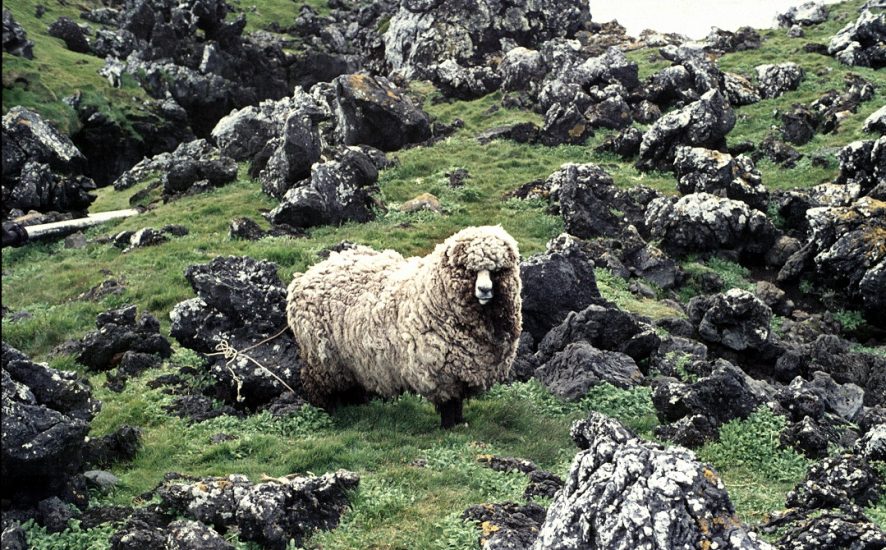One of the last feral sheep on Marion Island, caught in February 1972, photograph by Valdon Smith
In the days before deep freezes that allow the long-term storage of fresh meat, Merino sheep were taken to Marion Island from the earliest days of occupation in 1948 for two decades. The last batch arrived ashore in February 1969, when 22 animals were then present. The general procedure was to allow them to graze freely during the day but then to call them in for penning at night. Usually it seems the sheep were to be found towards Trypot Beach in the Nellie Humps area, not too far away from the base at Transvaal Cove to round up.

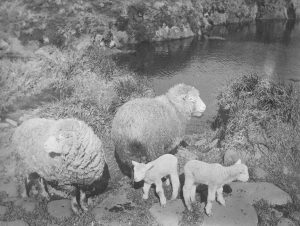
However, sometimes the sheep (numbers ashore reached as many as 60 individuals at times) wandered farther afield and rounds ups could require a deal of exploring first. Brian Huntley in his 1965/66 Marion diary (published last year by the Antarctic Legacy of South Africa) graphically describes an excursion to find and bring back 17 sheep that had been missing for two weeks. They were eventually found in Fairy Prion Valley, three kilometres away from the base.
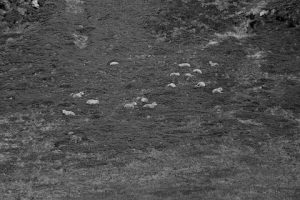
Inevitably some sheep (which had ear tags to identify them) went missing permanently, being later found dead bogged down in mires – or not found at all. The last live sheep seen on the island was caught 2 km from the base in the upper reaches of Piew Crags in April 1973 and was given a “haircut’ to enable it to see properly. It was then released to continue its solitary existence. Since then sheep bones, sometimes with skulls present, have been found at a number of localities away from Transvaal Cove, including on the lower slopes of Karoo Kop, at Tate’s Hill, below Mesrug and from near Laekop.
Eduard van Zinderen Bakker, Junior, ornithologist with the First Biological & Geological Expedition to Marion Island over 1965/66 has recently reported to ALSA on finding the remains of a sheep even farther afield than these localities – as recorded in his daily field notes at the time:
“On 13 December 1965 Brian [Huntley] and I travelled from the base up to Resolution and Mascarin and then down to our camp site on the western coastal plain via the ice plateau. Above the escarpment in the vicinity of Little Cone (altitude about 320 m) we found a dead sheep in a mire”.
Little Cone is 17 km from the base on the eastern coast, but with the Ice Plateau and the rugged and non-vegetated mountainous terrain directly in between it seem likely the animal took a longer route to reach Little Cone before succumbing. With this newly reported record from the island’s western side it would appear that sheep were able to – and probably did –wander anywhere on the island within the vegetated zone. Quite how many did this to become feral and eventually die in the field is unknown but it seems that quite a few must have escaped the braaivleis (barbecue) fire – and the leg-of-mutton roasts that Brian’s diary so well describe.
It is considered that when found in the field on Marion sheep bones should be left in situ to decay naturally and not be collected as souvenirs. In this way when they are stumbled upon by team members and visitors traversing the island they will serve as a reminder of a previous age when a braaivleis on Marion first required a live sheep to be caught and dispatched.
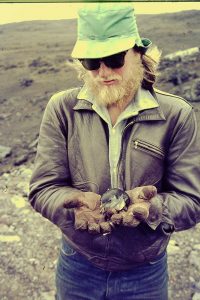
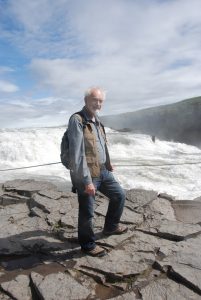
Ed van Zinderen Bakker has also let ALSA know of his own situation after his time on Marion 50 years ago: “I am retired from Vancouver Island University [British Columbia, Canada]. I was there for 20 years and had to retire when I turned 65 in 2007 (the mandatory retirement age was removed in 2008). I started off in the Greenhouse Horticulture department but when that was closed down in 1993 I transferred to the Biology Department and taught a number of ecology-related courses.”
With grateful thanks to Eduard van Zinderen Bakker, Junior for his continued contributions towards preserving South Africa’s Antarctic legacy.
References:
Huntley, B.J. 2016. Exploring a sub-Antarctic Wilderness. A Personal Narrative of the First South African Biological & Geological Expedition to Marion and Prince Edward Islands, 1965/1966. Stellenbosch: Antarctic Legacy of South Africa. 268 pp.
Terauds, A., Cooper, J., Chown, S.L. & Ryan, P.[G.] 2010. Marion & Prince Edward. Africa’s Southern Islands. Stellenbosch: SUN PReSS. 176 pp.
Watkins, B .P. & Cooper, J. 1986. Introduction, present status and control of alien species at the Prince Edward islands, sub-Antarctic. South African Journal of Antarctic Research 16: 86-94.
John Cooper, Principal Investigator, Antarctic Legacy of South Africa, Department of Botany & Zoology, Stellenbosch University, 05 January 2017

